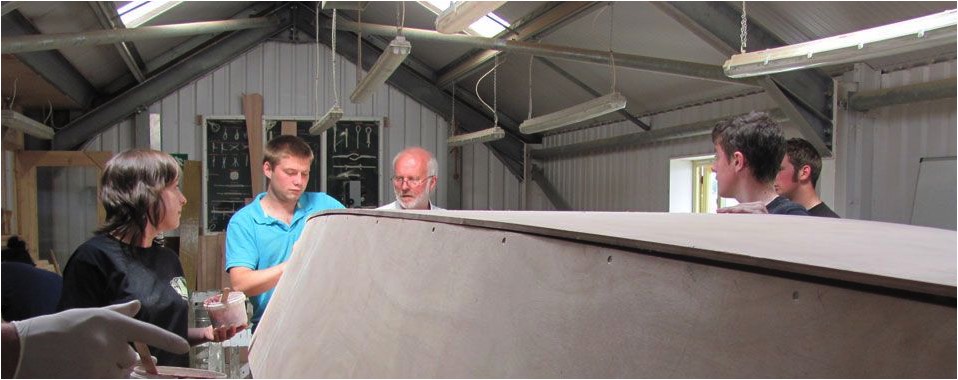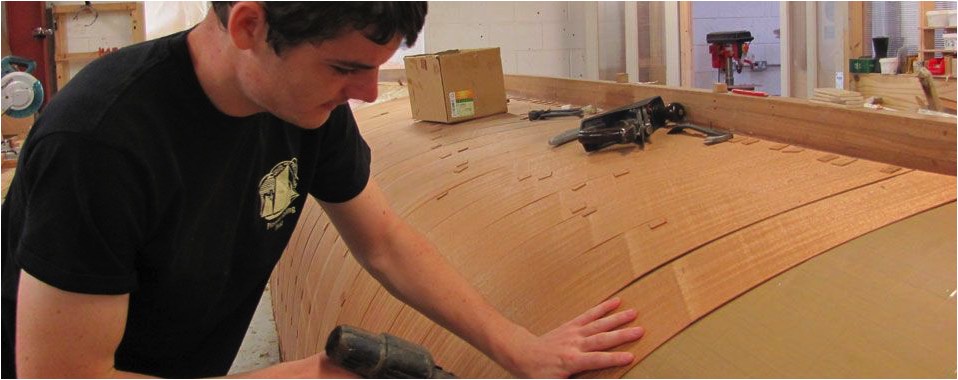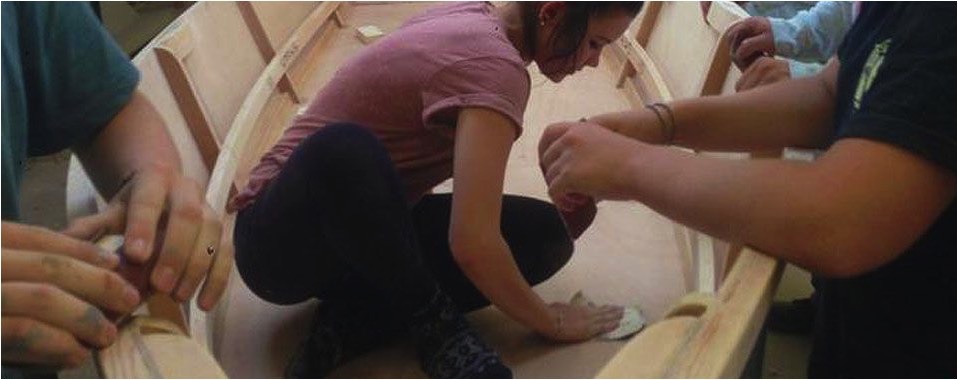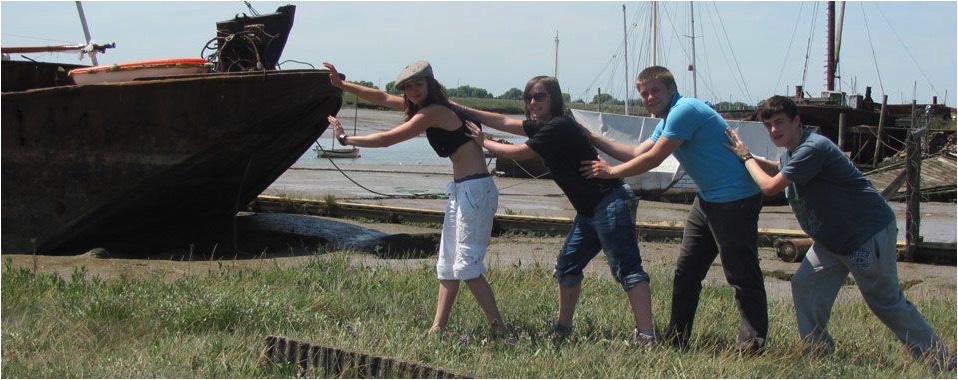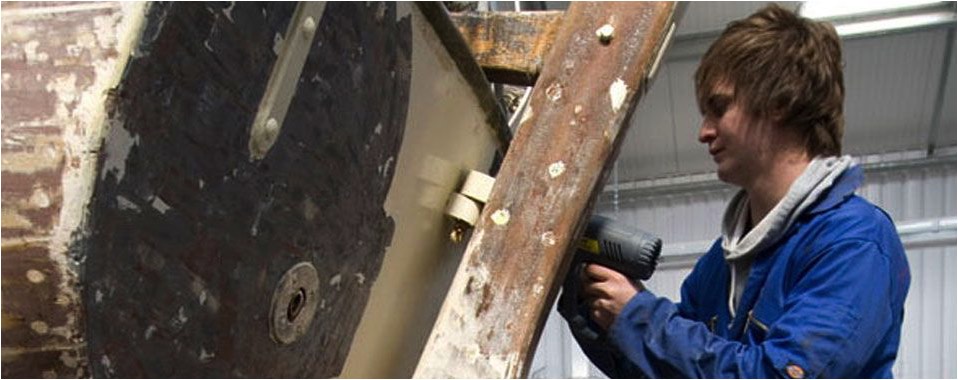Apprenticeships
The trust will be delivering apprenticeship training to Heritage Engineering Marine Technician across England from September 2023. Please email us at training@pioneersailingtrust.org.uk for further information.
Heritage Engineering Marine Technician
Employer and Apprentice Information
This programme has been designed by specialists from across the UK to ensure that essential skills and knowledge are passed on by experienced craftspeople to the next generation of Heritage Engineers in the marine sector.
Duration: 42-48 months
Location: Pioneer Sailing Trust, Brightlingsea, Colchester
Delivery: Block release
Group size: Maximum 12 Apprentices
Start Date: September 2023
To train apprentices to maintain, service, operate, repair, build, restore and conserve traditional and historical vessels professionally and with confidence. They can be propelled by sail or oar, powered by electric, steam, petrol or diesel prime movers.
The fabric of the vessel may be constructed of wood, iron, steel or composites.
Heritage Engineering Marine Technicians carry out routine maintenance and restoration understanding the importance of retaining historic fabric and the original design and functionality of the vessel. The application of modern materials is undertaken in a sympathetic manner ensuring the original vessel structure, design and functionality.
Programme content
Induction, Health and Safety, Joinery
Boatbuilding and -maintenance
Conserving Historic Vessels
Engineering
Project management, Behaviours and Attitudes
Download the full information sheet here.
Link to our policies.
Apprentices go to Terschelling!
The next day, after a good rest, they hired bikes and set off to explore Terschelling. The first place they visited was the wreck house museum. This museum is an Aladdin's cave of treasures, old and new, from WW2 artifacts to trainers washed up from container ships.
The next stop was something a little more exciting for the apprentices, going blow carting! They had to cycle to the beach, which lends itself perfectly to this sport as the beach is so flat and wide. It was a great sport to try, so everyone took part. As it was windy, they managed to get up to some impressive speeds...and impressive tumbles! When the bikes were packed away and everyone was back on the boat, the day seemed over all too quickly. Once on baord, Jim, the skipper, told the crew that there was some bad weather approching and they needed to leave in the morning. If not, they might be stuck there for another week! Some of the apprentices thought this did not sound like a bad idea!
Setting out for another journey accross the North Sea, Pioneer left Terschelling about 9am the next morning. All the sails went up as the conditions were calm. They were making good progress. As they approached the shipping channels, the conditions started to get more challenging. Pioneer seemed to thrive in these conditions and sailed like she knew her way home. Steadily, the sea state worsened but Pioneer was in her element, powering through the waves. The sails needed to be reefed, making it a little easier to handle;,at some points the bow sprit was going under every other wave and there were a few big ones over the bow. For the well trained crew, handling the boat was no problem.
The rocky waves made it all the more exciting for the crew as the boat felt sturdy and strong in the powerful waves. It reminded them what Pioneer was built for...they loved it. The watch systems were altered from a four watch system to a three, meaning more people could be up on deck to help. As Pioneer approached England, a bit more technical skill was required as they had to tack frequently. Everyone had to be alert for this, especially in the dark. The crew all pulled together as a team, making the boat run smoothly and safely.
Pioneer was soon approaching home. The shorter chop of the waves meant the momentum of the boat was changing, more waves were coming over the bow. The decision was made to get shelter in Pinn Mill, where they knew they could anchor safely. As the boat slowed down and the engine was turned on, the excitement died down as everyone realised how tired they were. The anchorage was a welcome sight and Pioneer settled down for the night... waiting for the next adventure.








